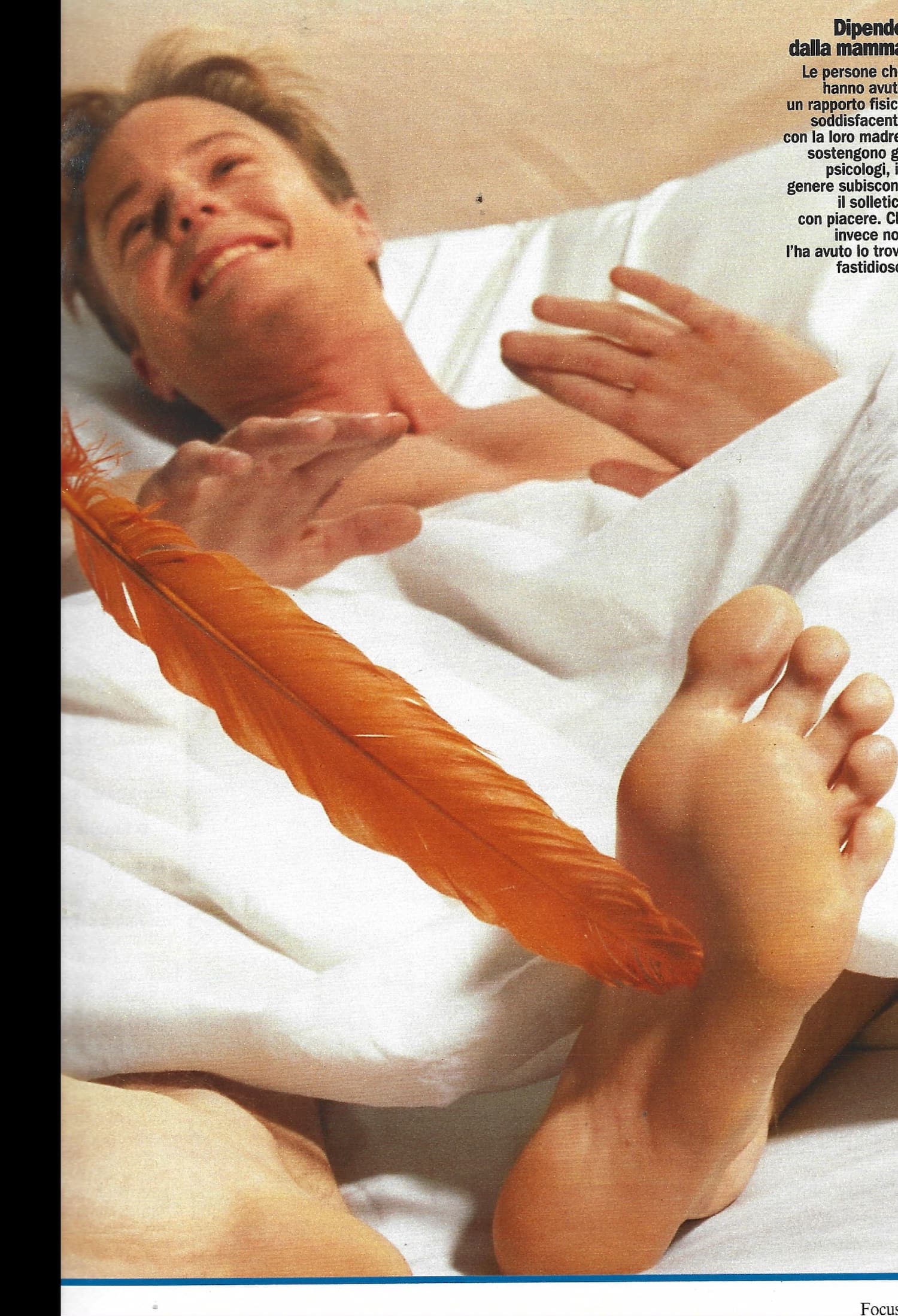The study on tickle fetishism, titled “Tickle fetishism: pleasure beyond playfulness,” was conducted by Sarah Dagher and Shimpei Ishiyama from the Institute of Pathophysiology, University Medical Center of the Johannes Gutenberg University Mainz, Germany.
The research involved 719 participants who agreed to take part in an online questionnaire distributed on Twitter (now X). The survey primarily targeted individuals interested in tickle fetishism, with two Japanese and three English-speaking influencers, with a combined following of 27,956, agreeing to promote the survey link. The majority of respondents were male (74.3%), predominantly East Asian (73.3%), and identified as heterosexual (79.7%). The largest age group was 20–29 years old (56.3%). It is important to note that due to this recruitment strategy, the findings’ generalizability to a broader population may be limited, and the anonymity of responses prevented identity verification or follow-up clarifications.
Tickle fetishism, also known as Knismolagnia, Knismophilia, or Titillagnia, refers to individuals who experience sexual arousal or derive sexual pleasure specifically from tickling others or being tickled. While tickling is commonly perceived as juvenile play associated with laughter, this study explored its potential connection to adult sexual behavior.
For the participants in this study, tickling represents a significant sexual stimulus and a source of satisfaction. Approximately 88% of respondents expressed sexual satisfaction solely through tickling, indicating its sufficiency as a sexual stimulus among fetishists. Intriguingly, a quarter of the respondents reported experiencing orgasms exclusively from tickling, without any genital stimulation. The desire for tickling was observed to decrease after orgasm, further suggesting its association with sexual activity. Beyond its direct sexual role, tickling in intimate contexts serves as a unique element that fosters closeness and intimacy between partners, extending beyond conventional forms of touch. It introduces a distinctive dimension of playfulness, enriching the emotional intricacies of intimate encounters, facilitating shared laughter, moments of vulnerability, and the exploration of sensory stimuli. Tickling can also reflect power dynamics within relationships, with the roles of tickler and ticklee being analogous to dominant and submissive roles in BDSM (Bondage, Discipline, Dominance, Submission, Sadism, Masochism). Vigorous tickling, in particular, can incorporate elements of sadomasochism as it uniquely straddles the line between pleasure and discomfort. Childhood experiences of being tickled and exposure to tickling content in television or social media were found to significantly shape individuals’ affinity for tickle fetishism. For ticklees, the primary factors of sexual arousal include the physical sensation of being tickled, their bodily response, feelings of helplessness and submissiveness, and the anticipation of being tickled. For ticklers, arousal primarily stems from visually observing the ticklee’s body reactions, the sound of the ticklee’s voice, the sense of power gained through tickling, and tactile stimulation of the ticklee’s body.

Participants reported being ticklish, with 77.4% identifying as somewhat or extremely ticklish. The study revealed a consistent body map pattern for where individuals are ticklish and prefer to be tickled, differentiating between the two main types of tickling: gargalesis and knismesis. Gargalesis, the vigorous and playful form of tickling leading to robust laughter, was mainly focused on the feet, armpits, torso, and stomach. These areas are noted for their heightened sensitivity and vulnerability to tickling sensations, often harboring a higher concentration of nerve endings. In contrast, knismesis, a milder and more subtle form of tickling triggered by gentle touches, uniformly extended over a wider range of body parts, including the back, neck, ears, genitals, and arms. This broader distribution suggests a preference for a subtler and more generalized response to light touch stimulation.

While tickling activities were most often performed with romantic partners or spouses and friends, some participants also engaged in tickling with BDSM playmates or fictional characters. Overall, 35.8% of participants preferred to be ticklees (receiving tickles), 29.8% preferred to be ticklers (giving tickles), and 34.4% enjoyed both roles equally. Gender-based analysis revealed that females tended to be more ticklish, preferred light tickling, and were more likely to prefer being tickled (76% of female respondents). Furthermore, ticklishness degree predicted preferences for being tickled rather than tickling others, with more ticklish individuals being more inclined to prefer being tickled.

















Leave a Reply